
Identification Classifying Based on Patterns

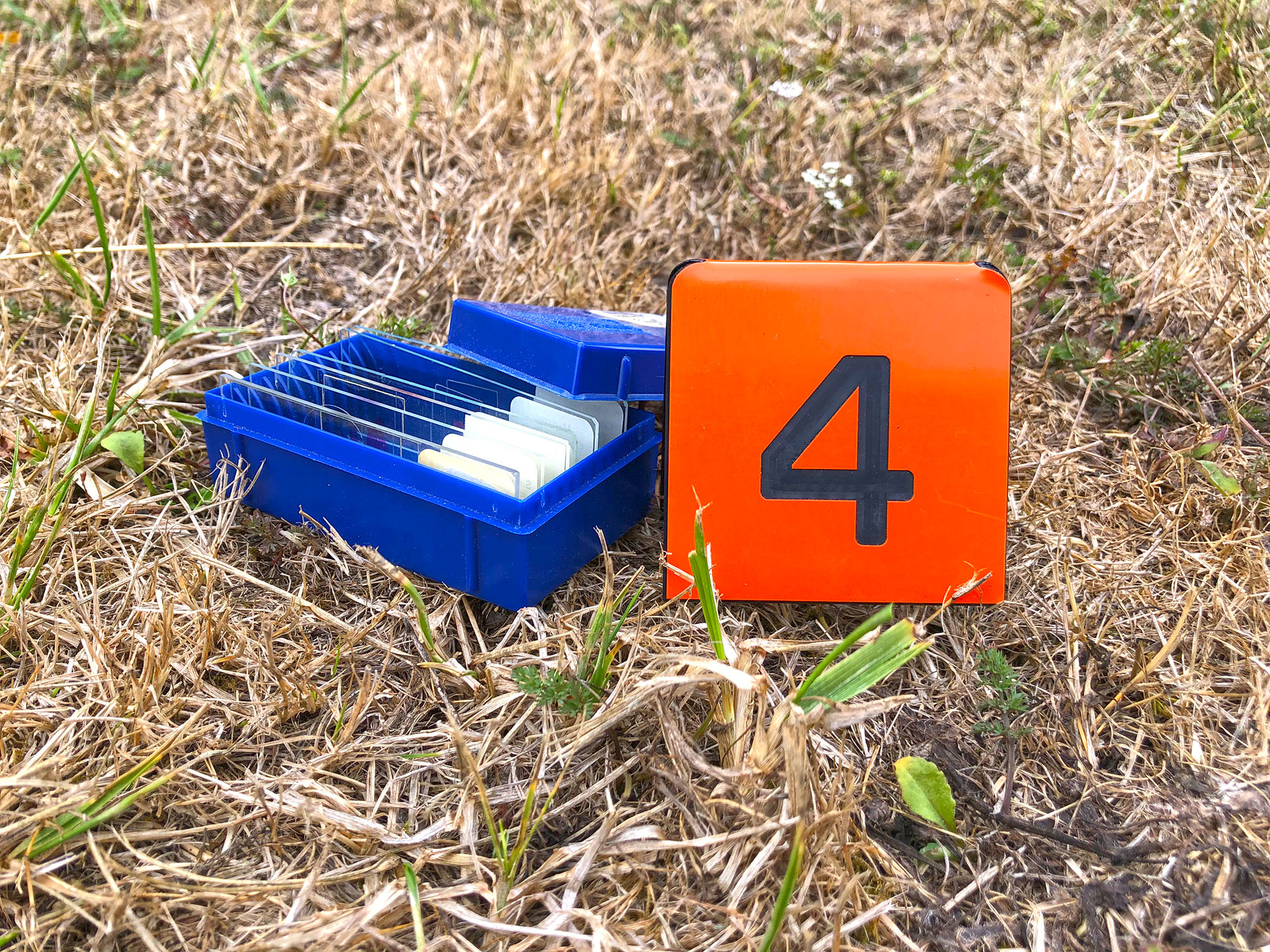
Identification Objectives:
- Explain why it is important to identify and classify organisms.
- Describe the work and contributions of Carl Linnaeus.
- List the three Domains of life, and the four Kingdoms in Domain Eukarya.
New species are still being discovered; identification is key in discerning between organisms.
Both of the species below are in the “wild carrot” family, but one is poisonous. Identification would have been critical to early humans to avoid potentially toxic or otherwise dangerous species.

Queen Anne's Lace
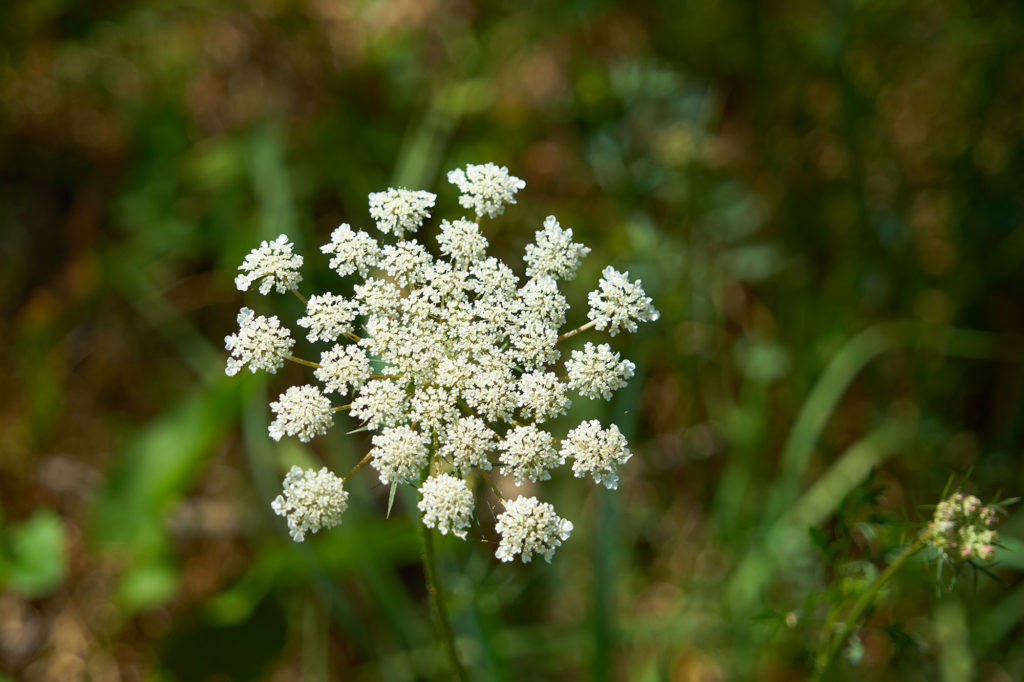
Poison Hemlock
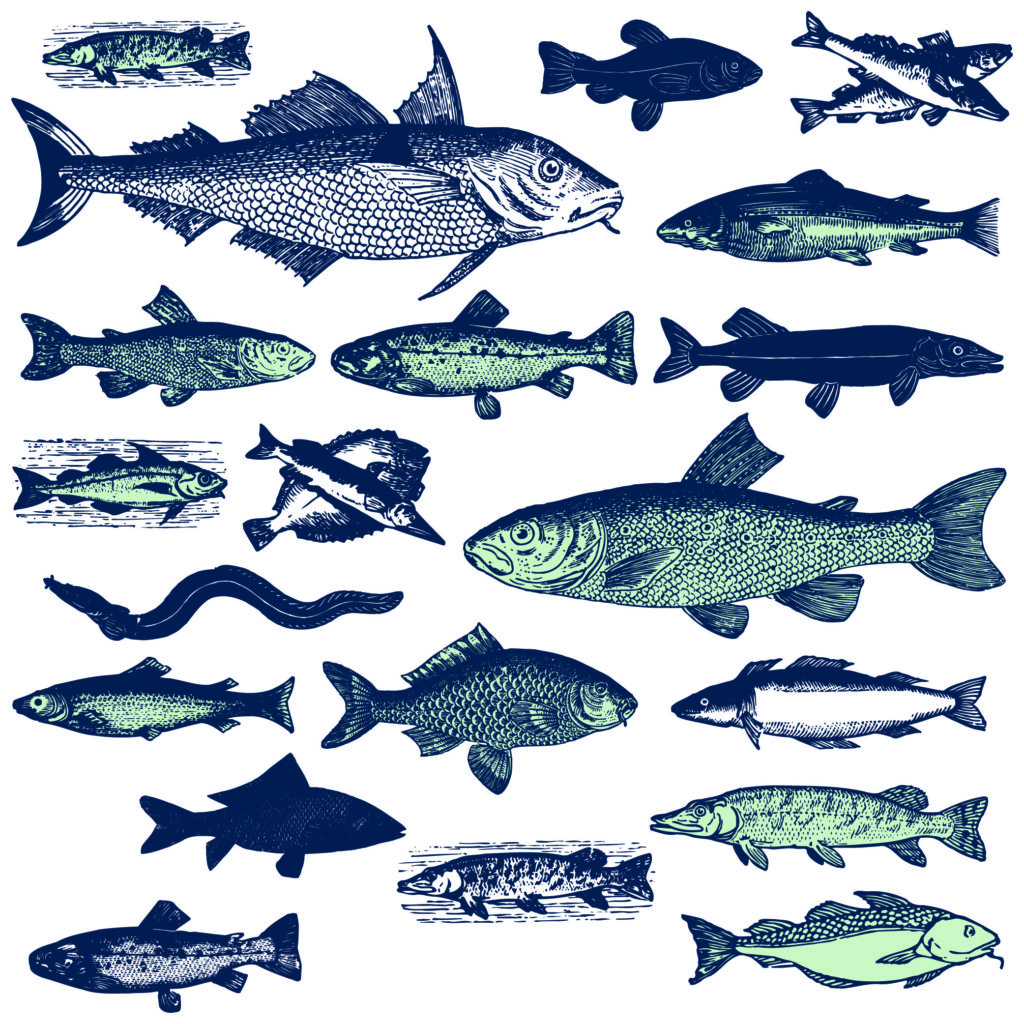
Once trade routes were established, it was important that organisms be properly named. The problem was that many organisms were getting the same names, even though they actually had significant differences.
A “herring” fish could mean a species that was tasty or something that was inedible.
Since there are 10+ million species on Earth, simply identifying is not enough. There needs to be some way of discussing relationships between species and that is where classification comes in.
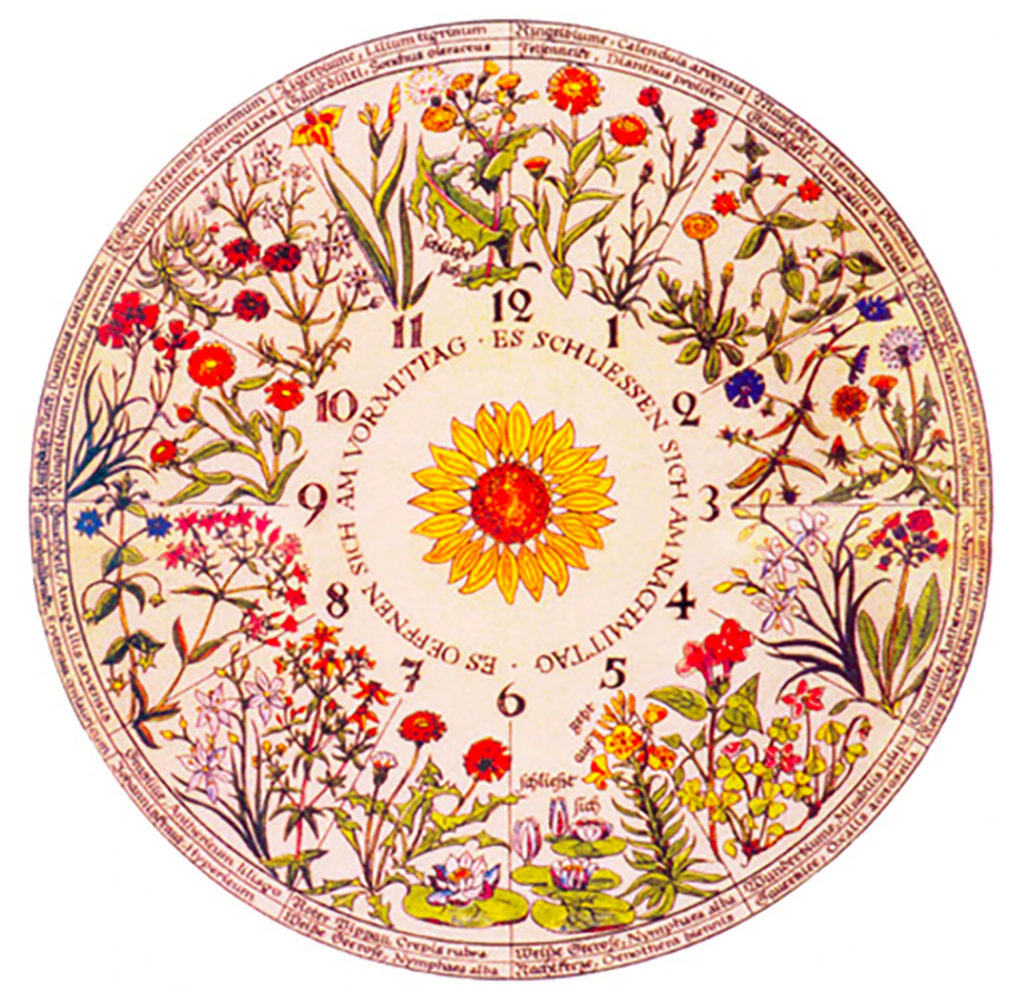
The “Father of Taxonomy,” the science of classification, is Carl Linnaeus.
Linnaeus, among many other things, developed a “flower clock” that could be used to indicate the time of day by which flower was open.
Carl Linnaeus also developed a scientific naming (nomenclature) system that could be used to identify an individual species and indicate how it related to other identified species. This system is still used with some modifications.

This video provides an overview of Linnaeus’ life and contributions.
In our videos shot at home, you can sometimes hear the crows “singing” in the background. We started with a single crow, it found a mate, and they have had several successful hatches. This year they appear to have invited “friends” to our oak grove.
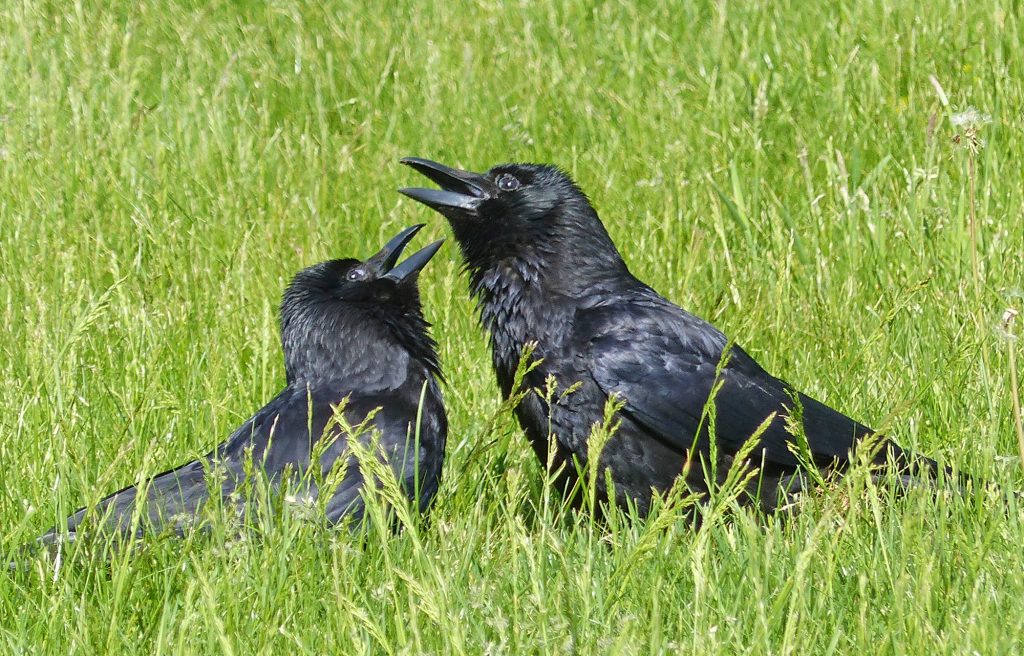
Linnaeus classified crows as Corvidae.
The Corvids include the crows, ravens, jays, and magpies.
All organisms were classified as either plants or animals. Then these two groups were broken into smaller and smaller groups until you were left with a single species.
The American Crows scientific name (Genus, species) is ____ ____.
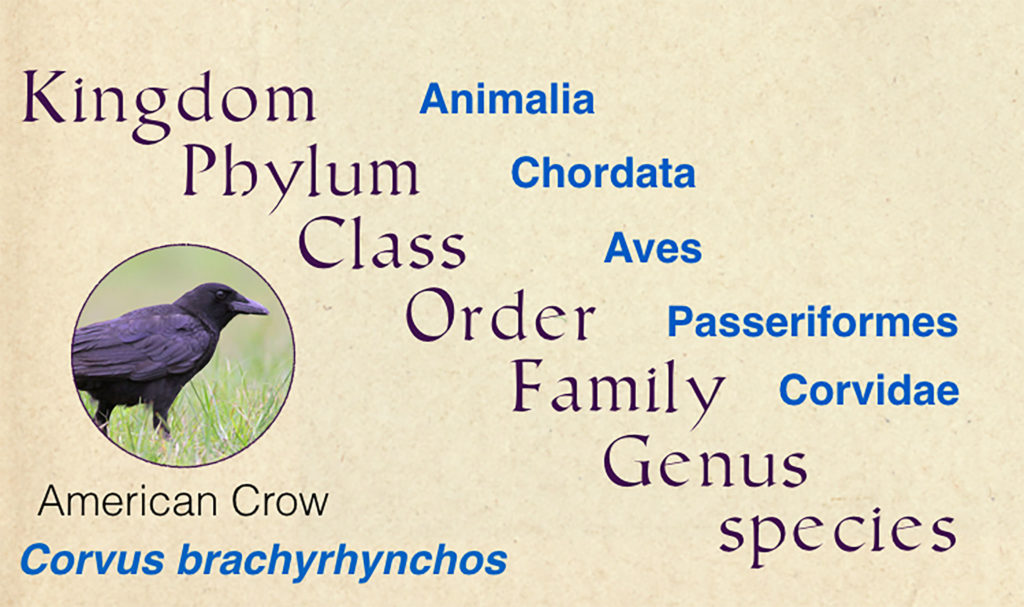

So a bird similar to the American Crow, the Western scrub jay (seen here with a peanut), is classified in the same Kingdom, Phylum, Class, Order, and Family. It has a different Genus and species (Aphelocoma californica).
Microscope technology and genetic analysis revealed that we needed to add microscopic organisms to Linnaeus’ classification system. It turns out not everything was simply a plant or an animal.
This video introduces how new technologies led to “Domains,” a classification level that is even more inclusive than Kingdoms.
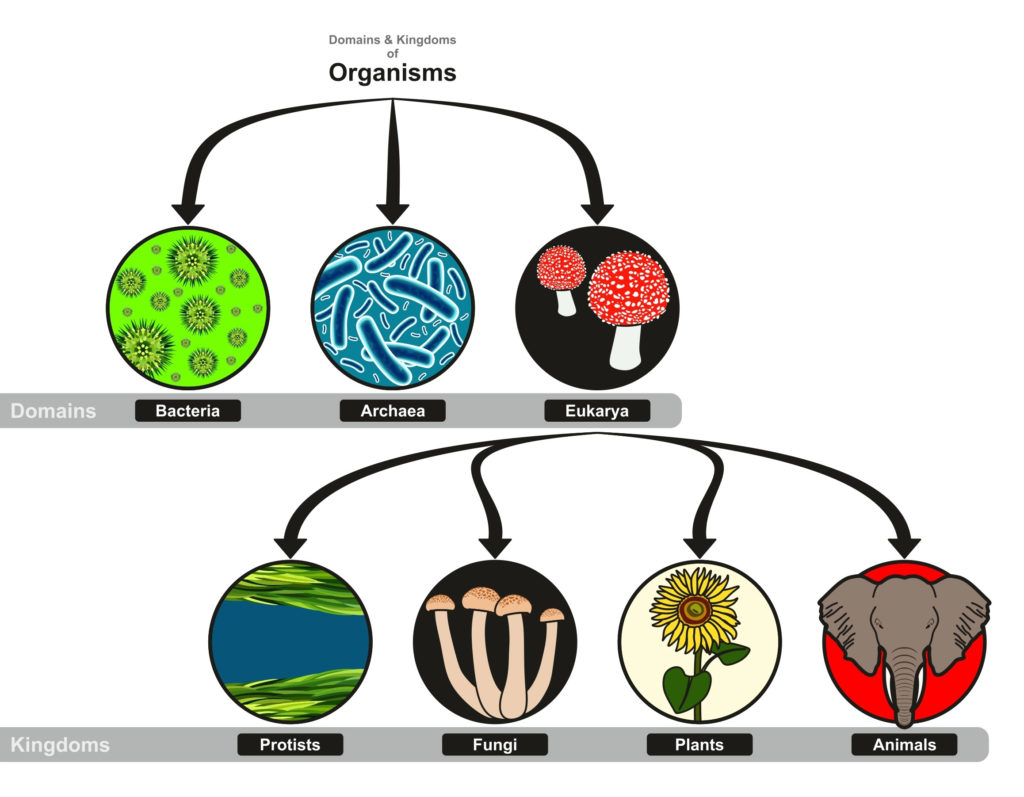
There are now three Domains: Bacteria, Archaea, and Eukaryota (also called Eukarya) that are ranked higer than Kingdom.
There are four Kingdoms in Domain Eukaryota: Protists, Fungi, Plants, and Animals.
Three Domains of Life

Bacteria
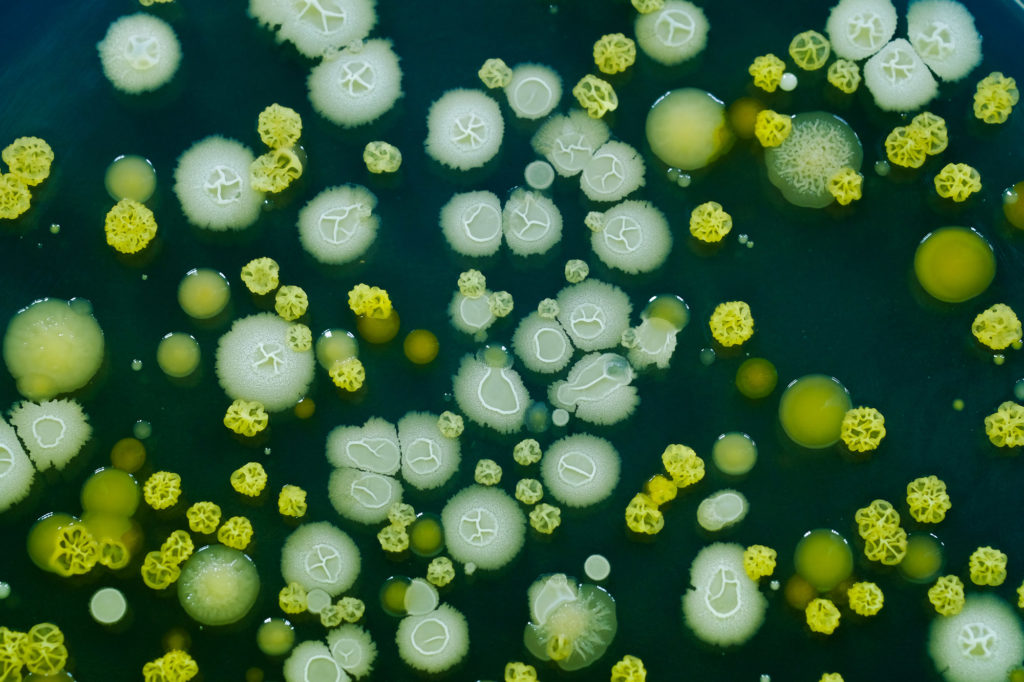
Archaea
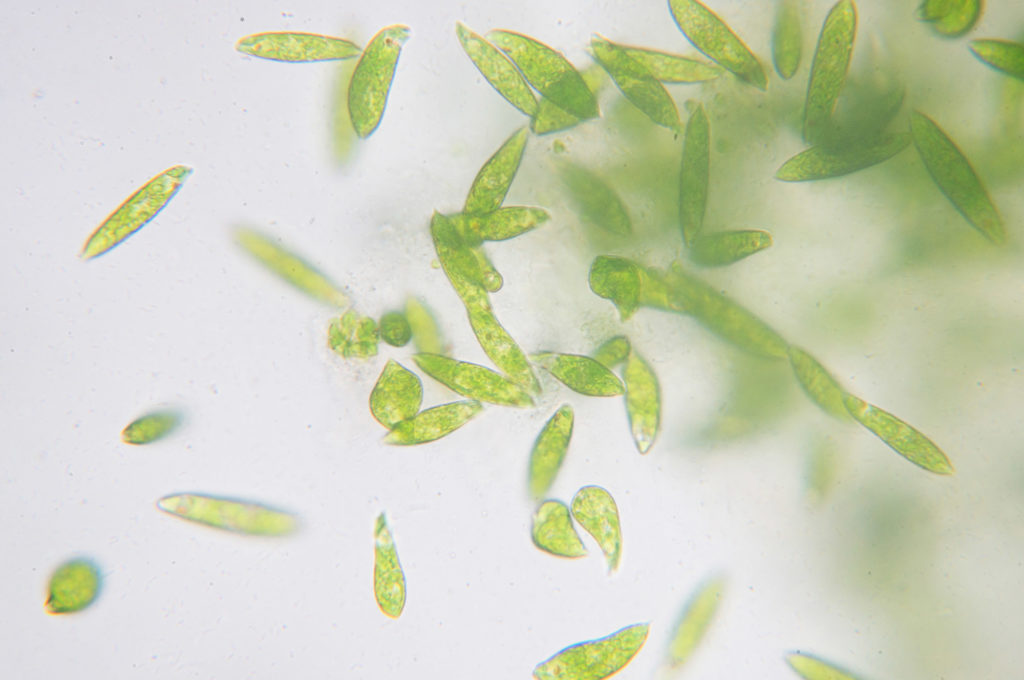
Eukaryota
Four Kingdoms of Domain Eukaryota
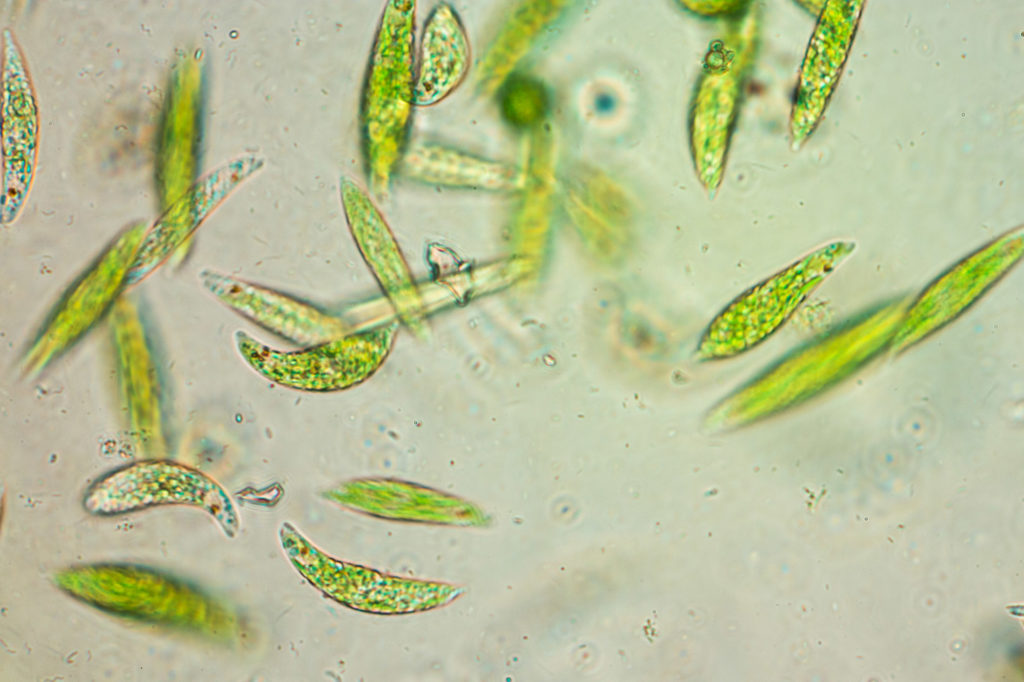
Protists
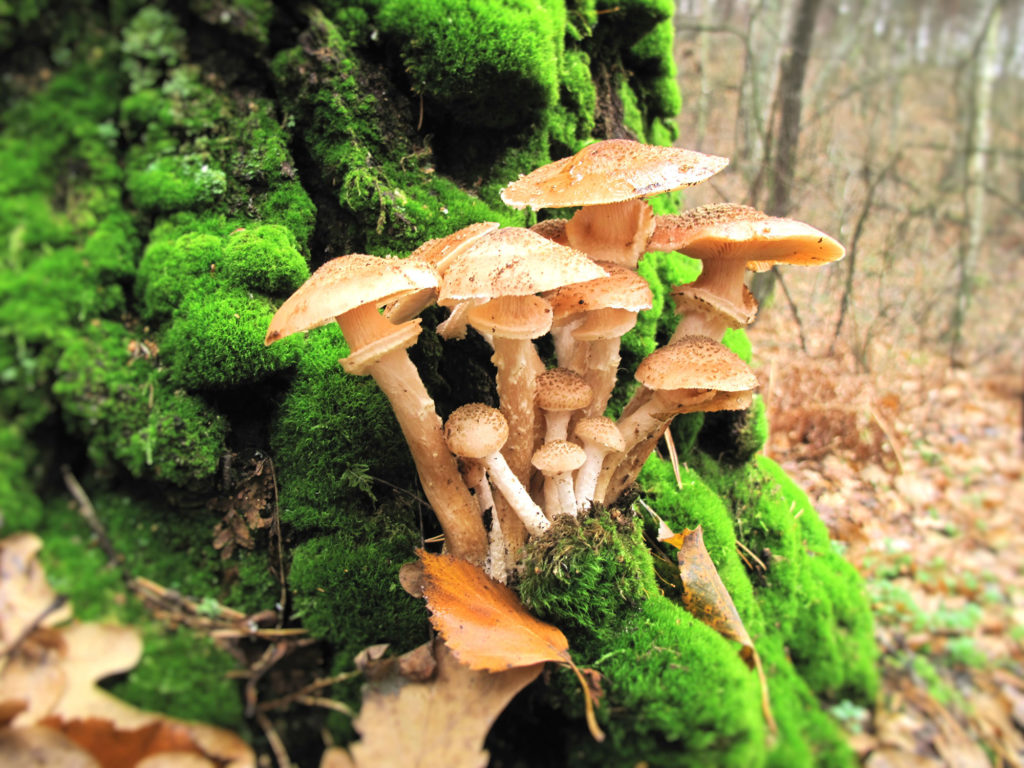
Fungi

Plants

Animals
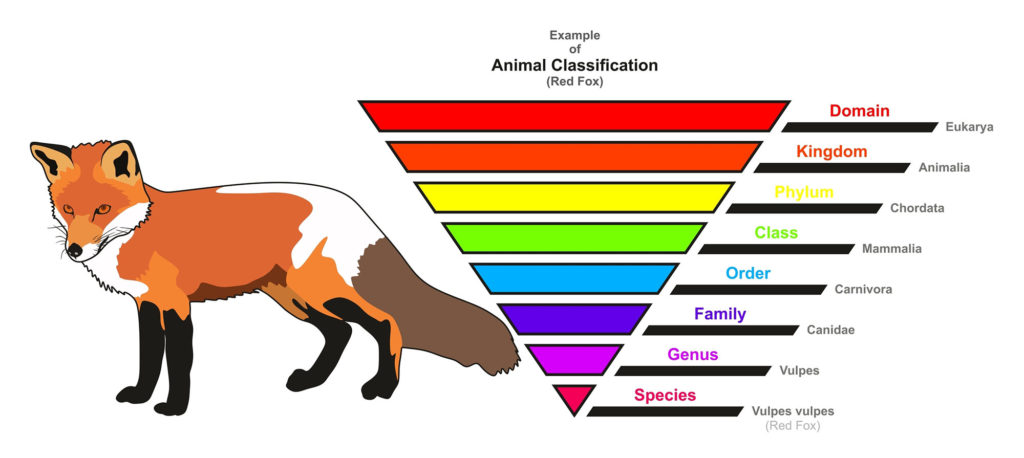
Most of Linnaeus’ original hierarchy of classification is still intact, with modifications made as new complexity is revealed.
This is the end of the Evidence Lecture Guide. Understanding of material from this guide and the previous latitudes guide will be assessed on the quiz due by Sunday.

Check your knowledge. Can you:
- Explain why it is important to identify and classify organisms?
- Describe the work and contributions of Carl Linnaeus?
- List the three Domains of life, and the four Kingdoms in Domain Eukarya?



